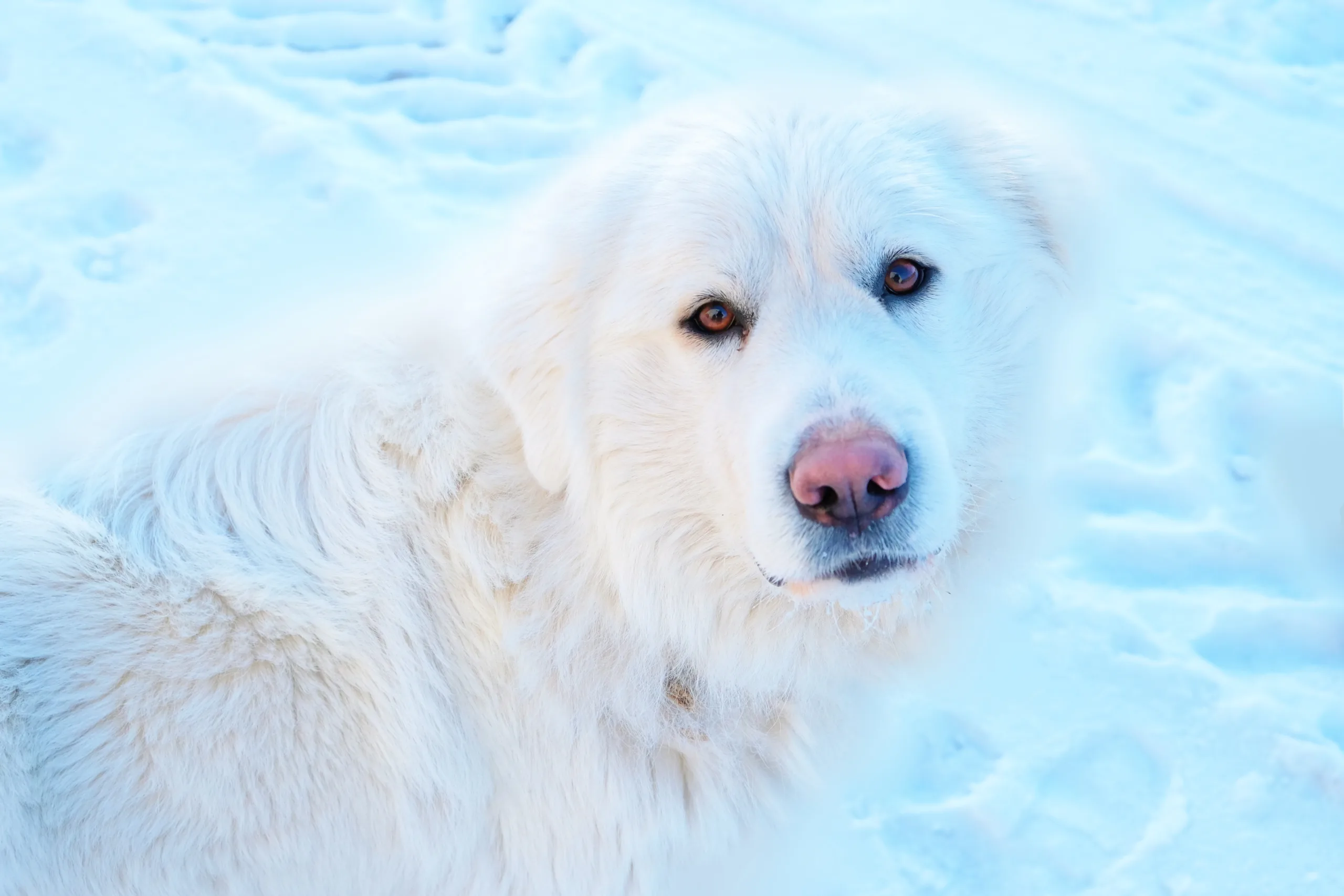The world of dogs is full of quirks and curiosities that captivate our hearts and minds. One such intriguing phenomenon is the changing color of a dog’s nose. While most dogs are known for their classic black noses, it’s not uncommon to witness a shift to pink. This change can be puzzling for dog owners, raising questions about its significance and implications. In this article, we embark on a journey to explore why dogs’ noses turn pink, whether it’s a cause for concern, and the fascinating factors that contribute to this transition.
For more about dogs click here
The Colorful Spectrum of Dog Noses
1. Variations in Pigmentation:
A dog’s nose derives its color from pigments called melanin. The amount of melanin present in a dog’s skin and nose determines the color. While black noses are the most common, some dogs are born with pink noses, while others display a range of hues in between. Additionally, certain breeds are more prone to having pink noses, such as the Dalmatian, Weimaraner, and Australian Shepherd.
2. Natural Changes:
Just as human skin may change color due to various factors, a dog’s nose can also undergo shifts. Puppies are often born with pink noses that darken as they age. Similarly, some dogs’ noses may become pinker during certain seasons, such as winter, due to reduced exposure to sunlight.
The Pink Nose Phenomenon
1. Genetic Influences:
Genetics play a significant role in determining a dog’s nose color. Some breeds have genes that lead to the development of pink noses. It’s also common for dogs with lighter coat colors to have lighter noses.
2. Weather and Sunlight:
Sun exposure can impact a dog’s nose color. Dogs with lighter skin and coat pigmentation are more prone to sunburn, which can cause their noses to become pinker. This is particularly true for dogs that spend a lot of time outdoors.
3. Age and Hormonal Changes:
As dogs age, their noses may naturally lose some pigmentation. This is especially noticeable in older dogs with once-dark noses that begin to fade. Hormonal changes and factors like spaying or neutering can also influence nose color.
Addressing Common Questions
Q1: Will my dog’s nose turn black again? In some cases, a dog’s nose may return to its original color, especially if the change is related to sun exposure. However, genetic factors and aging can also contribute to permanent color changes.
Q2: Why is my dog’s nose suddenly pink? Sudden changes in nose color can be due to a variety of factors, including weather, sun exposure, genetics, and age. If the change is accompanied by other symptoms, it’s advisable to consult a veterinarian.
Q3: Do dogs’ noses turn pink with age? Yes, it’s not uncommon for a dog’s nose to turn pinker as they age. The loss of pigmentation in the skin is a natural part of the aging process.
Q4: What does it mean when a dog’s nose changes color? A change in nose color can be influenced by various factors, including genetics, sun exposure, age, and health. It’s essential to consider the overall context and consult a veterinarian if needed.
Q5: Is a pink nose on a dog bad? In most cases, a pink nose is not a cause for concern. However, if the change is sudden, accompanied by other symptoms, or if you notice any abnormalities, it’s wise to seek veterinary guidance.
Celebrating the Uniqueness of Your Dog
A dog’s nose is a canvas that tells a story of their individuality, genetics, and life experiences. Whether your dog boasts a classic black nose or a delightful shade of pink, their nose is a part of what makes them special. Embrace the unique characteristics that define your furry companion and remember that, regardless of nose color, the love and companionship they bring into your life are truly priceless.
Click here for more
